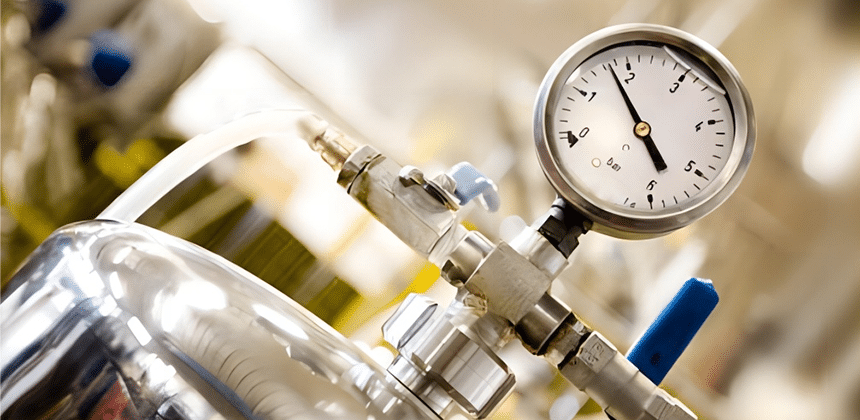Role and Importance of Head Pressure
Head pressure is an important concept in pumping systems as it has a direct impact on pump operation and performance. Whether in industry, construction or agriculture, understanding the effects of head pressure is critical to the proper selection, design and operation of pumping equipment.
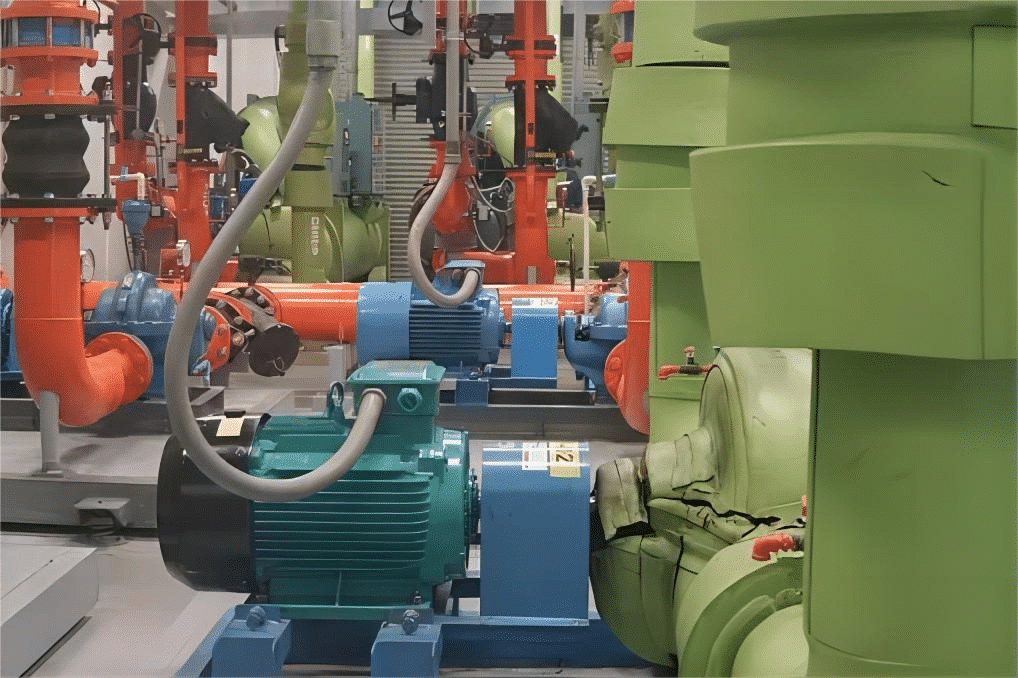
What is head pressure?
Definition of head pressure
Head pressure is the amount of pressure exerted on a liquid in a pump system and is usually used to measure the height or vertical distance of a liquid. Head pressure can be determined by factors such as the gravity of the fluid, the way the pump works, and the design parameters of the system.
Function of head pressure
Provide sufficient pressure: Head pressure can drive the liquid flow, ensuring that the pump can overcome resistance and provide sufficient pressure to deliver the liquid to the target location.
Overcoming resistance and height difference: head pressure can overcome pipeline friction, resistance and height difference during liquid flow, ensuring smooth transportation of fluid.
Ensure normal operation: Proper head pressure can maintain the normal operation of the pump and prevent the occurrence of too low or too high pressure, thereby reducing the risk of damage and failure of the pump.
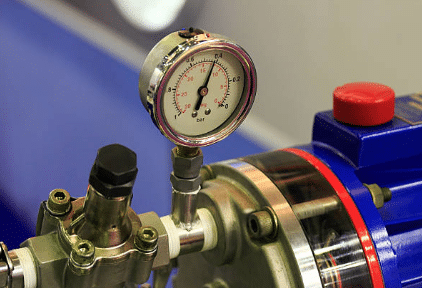
Types of head pressure
1.Static Head Pressure: refers to the pressure generated by the height difference of the liquid from the pump inlet to the outlet. It only depends on the vertical height of the liquid and has nothing to do with the flow rate.
2.Dynamic Head Pressure: refers to the pressure generated when the liquid flows in the pipeline. It includes the pressure required for a liquid to overcome friction, resistance, and height differences in a pipe.
3.Suction Head Pressure: refers to the pressure that the liquid is subjected to when it is sucked by the pump from the source. It includes the static head pressure of the fluid and the suction resistance of the fluid.
4.Discharge Head Pressure: refers to the pressure generated when the liquid is discharged from the pump. It includes the static head pressure of the liquid and the resistance of the fluid in the pipe.
5.Total Head Pressure: refers to the total pressure of the liquid in the pump system, including the combined effects of static head pressure, dynamic head pressure, suction head pressure and discharge head pressure.
These different types of head pressures play an important role in pumping systems, and understanding their characteristics and calculation methods is critical for proper design and operation of pumping systems. AOBL air-operated diaphragm pumps can meet most of the needs. Reasonable selection and management of different types of heads can optimize the performance of the pump and ensure the stable operation of the system.
Considerations for Handling Head Pressure
- The maximum allowable head pressure of the pump: Each pump has its maximum allowable head pressure range. Exceeding this range may result in pump damage or reduced performance. Ensure that when selecting and operating a pump, the head pressure does not exceed the maximum allowable value specified by the manufacturer.
- Suction conditions: Suction conditions are critical for liquid pumps. Make sure the suction line is leak-free, free of air, and clear of obstructions at the suction port to maintain good suction head pressure. Low suction head pressure may prevent the pump from sucking fluid properly. The AOD pump is a positive displacement pump powered by air. Ideal for viscous fluids or products containing solids, they are the perfect solution for fluid handling applications.
- Discharge pipe resistance: Considering the friction and resistance loss of the liquid in the pipe, the resistance of the discharge pipe must be correctly estimated and managed. Larger pipe diameters, smooth inner surfaces and proper pipe layout help minimize drag losses and lower discharge head pressure.
- Height difference: If the liquid needs to be delivered through a vertical height difference, the effect of the height difference on the head pressure needs to be considered. The greater the height difference, the higher the static head pressure, which the pump must be able to overcome.
- System leaks: Any system leaks will lower the head pressure. Ensure that all connections and seals are leak-free and promptly repair any leaks found.
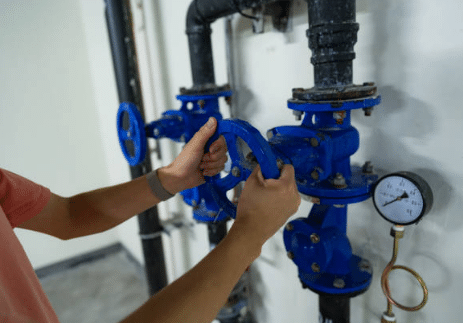
Calculate head pressure
- Height difference: If the liquid needs to rise or fall through the vertical height difference, the contribution of the height difference to the head pressure needs to be calculated. A unit of pressure that converts altitude differences into liquids, usually expressed in meters (m) or feet (ft). Use the following formula to calculate the head pressure due to the height difference:
Head pressure (m) = height difference (m) × liquid density (kg/m³) × gravity acceleration (m/s²) - Pipeline resistance: consider the influence of friction and resistance loss of liquid in the pipeline on the head pressure. Pipe resistance depends on factors such as pipe size, liquid flow rate, pipe length, and coefficient of friction. Depending on the specific pipe properties and fluid parameters, the Darcy-Weisbach equation or other appropriate formulas can be used to calculate the head pressure due to pipe resistance.
- System leakage: If there is a leakage in the system, the impact of the leakage on the head pressure needs to be considered. Leaks result in loss of fluid and loss of pressure, which reduces head pressure. Make sure to check for leaks in the system and calculate the head pressure loss due to the leak based on the leak size and other parameters.
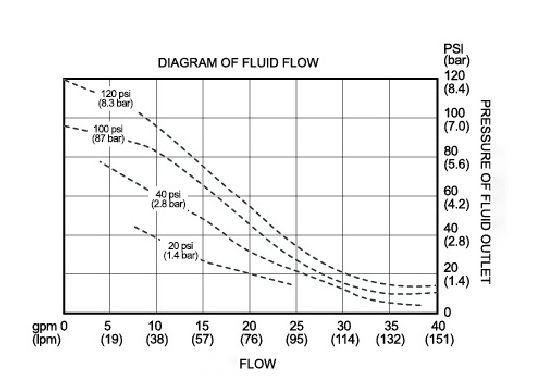
By calculating the contribution of these factors, the total head pressure value can be obtained. Note that the temperature, viscosity, and other properties of the fluid also need to be considered when calculating head pressure for accuracy and completeness.
Methods to manage and optimize head pressure
- Rational design of piping system: Reasonable selection of pipe diameter and length to reduce liquid resistance and reduce head pressure requirements.
- Use the proper pump: Choose a diaphragm pump that suits your flow and pressure requirements to ensure your system needs are met.
- Adjust the air pressure and pressure switch: according to actual needs, adjust the air pressure and pressure switch in time to control the head pressure.
- Periodic inspection and maintenance: Regularly check the status of pipes, valves and pumps to ensure that there are no leaks and blockages to maintain proper head pressure.
Application scenarios of head pressure
Diaphragm pump is a common pump equipment, it plays an important role in various industries with its unique working principle and characteristics. The design and operation of the pumping system of the diaphragm pump makes it suitable for a variety of different application needs, from simple liquid transfer to more complex processes.
1.Pumping systems: In pumping systems, head pressure is used to measure the pressure required by the pump to overcome resistance and provide the required flow. Calculation and control of head pressure is critical to ensure proper pump operation and optimize system efficiency.
2.Car brake system: In a car brake system, the head pressure is used to measure the pressure of the brake fluid to ensure that the brakes work correctly and provide sufficient braking force. Accurate control of head pressure is crucial to driving safety.
3.Drinking water equipment: In drinking water equipment, head pressure is used to ensure that the water source is supplied to the user at the proper pressure. For example, pumps in appliances such as water coolers, coffee machines, and water dispensers often need to control head pressure to provide the proper flow of water.
4.Water treatment systems: In water treatment systems, head pressure is used to measure the pressure experienced by water as it flows through filters, purifiers, and other treatment equipment. Control of head pressure is critical to maintaining proper functioning of water treatment systems and efficient treatment of water quality. AOBL offers progressive cavity and diaphragm pumps to aid in filter press feeding, and a variety of positive displacement pumps are available for a variety of different types and sizes of filter presses.
5.Refrigeration and air conditioning systems: In refrigeration and air conditioning systems, head pressure is used to measure the pressure difference of the refrigerant between the compressor and the condenser. Accurate control of head pressure ensures proper operation and high capacity of the refrigeration cycle.
6.Hydraulic engineering: In hydraulic engineering and hydropower plants, head pressure is used to measure the pressure generated when water flows through structures such as pipes, sluices, and turbines. Accurate calculation and control of head pressure is critical to the safe and efficient operation of engineered structures.
Summary
Head pressure is very important in the pump system, how to calculate and apply the head pressure is also part of the process of pump operation system. As an expert in air-operated diaphragm pumps and other fluid transfer pumps, AOBL provides first-class pumping and engineering innovations to meet your toughest and most demanding pumping challenges, welcome to contact AOBL professional engineer team for equipment quotation or consultation solution.

